The "fastest storm in history" has landed, the development matches the prediction of Mrs. Vanga?

1 | 1 Discuss | Share
After Typhoon Yagi, another storm is raging in the East Sea, making people equally worried: Tra Mi (international name Trami, storm number 6). So who named it?
On the evening of October 24, Mr. Nguyen Van Huong, head of the weather forecasting department, National Center for Hydro-Meteorological Forecasting, said: "In the coming days, due to the simultaneous impact of a cold air system and a newly formed storm circulation off the east of the Philippines (currently a tropical depression), the direction of movement of storm No. 6 will continue to change abnormally."
"Especially when passing through the Hoang Sa archipelago, reaching the sea off the Central Coast (after October 26), storm No. 6 is likely to slow down, weaken and change direction. The possibility of making landfall is still unclear, and needs to be monitored further," Mr. Huong added.
In addition to Tra Mi storm, the world has witnessed many storms of different intensity and names in recent times. Besides storm prevention, many people are curious about the question, how are they named? And the answer is as follows: The Storm Committee at the World Meteorological Organization of the United Nations (WMO) is the agency that decides to approve the list of tropical storm names at its annual meetings.
The committee doesn’t base its choices on the names of specific people, but rather on names that are common and familiar to people in storm-hit areas. These names aren’t meant to downplay the severity of a storm. Rather, they’re meant to make it easier to identify storms.
The WMO chooses short, distinctive human names – such as Alex, Nigel and Sara – for Atlantic basin storms because they are easier to pronounce and remember than more scientific names that include both longitude and latitude.
Another reason is that there are many storms active at the same time, so naming storms based on dates can also be confusing. If two storms make landfall on the same day in the same area, the newer storm will have an additional suffix in its name.
In the late 1800s, hurricanes were often named after Catholic saints. In 1953, hurricanes were given female names because ships were often named after women. In 1979, male names were added. And today, hurricanes are named according to a specific system.
When a tropical cyclone has maximum sustained winds of more than 63 km/h, the WMO assigns a name. Storms are assigned names on a rotating basis from a list of recommendations. The names are selected by the tropical cyclone service responsible for each region, which includes the Regional Meteorological Center (RSMC) and the Tropical Cyclone Warning Center (TCWC). There are a total of 6 RSMCs in the world.
Regarding this issue, the online newspaper of the Communist Party of Vietnam also informed that for the Atlantic region alone, WMO uses a list of 21 names to name storms. In total, 6 lists will be used in rotation over the years. Accordingly, the list of storm names in 2019 will be used again in 2025. Notably, the names of storms do not start with the letters Q, U, X, Y or Z.
Countries in the northern Indian Ocean began using a new system to name tropical cyclones in 2020. Storms are listed in alphabetical order, by country, and given neutral names.
The general rule is that the list of storm names is proposed by the National Meteorological and Hydrological Services (NMHSs). This list is approved by the respective agencies at their annual or biennial meetings.
In the Northwest Pacific and the South China Sea (including storms that hit Vietnam), most storms are named after places, animals, or plants. Each country is given 10 storm names, divided into 5 lists that rotate annually.
The Japan Meteorological Agency (JMA) is one of the six Regional Specialized Meteorological Centers under the World Meteorological Organization. This center is responsible for forecasting, warning, and naming tropical cyclones operating in the Northwest Pacific Ocean and the South China Sea.
According to WMO, the international names of storms in Vietnam registered include: SonTinh (Son Tinh), CoMay (Co May), Bavi (Ba Vi), LucBinh (Luc Binh), Sonca (Son Ca), Trami (Tra Mi), Halong (Ha Long), BangLang (Bang Lang), Songda (Song Da), Saola (Sao La). The name of storm Tra Mi was also given by the Japan Meteorological Agency, based on the order of column one in the storm name table below.
Camellia is the name of a flower. Camellia is also known as camellia flower, the flower's scientific name is Camellia Japonica, belongs to the tea genus and originates from East Asia. Camellia flowers come in many different colors such as white, red, pink... During the Lunar New Year, Vietnamese families enjoy growing camellia trees because of their many, bright, long-lasting flowers. Therefore, in theory, the name of this flower is quite popular and familiar, so it was used to name storm No. 6. The name Camellia was also given to storms that appeared in 2018, 2013 and 2006.
So what are the criteria for naming a storm? Accordingly, the proposed name must be neutral with respect to politics and political figures, religious beliefs, culture and gender. The second criterion is that it should not be offensive to any group of people in the world. The name should not have an aggressive or cruel nature. The name should be short, easy to pronounce and not offensive to anyone, as well as have a maximum of eight letters and clearly state how to pronounce it.
In particular, tropical cyclone names in the northern Indian Ocean will not be repeated. There are different tropical cyclone naming systems for each basin and they are not based solely on human names.
Storm names can also be retired if they cause significant loss of life and property. Typically, at the WMO's annual meetings, names that fall foul of this taboo are scrapped and replaced with new ones.
Storm Trami heads straight for the Central region, Quang Ninh to Binh Thuan proactively respond 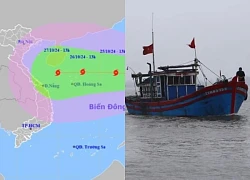 Hướng Dương18:33:03 22/10/2024According to the National Center for Hydro-Meteorological Forecasting, storm Trami with gusts of level 14 and waves up to 8 meters high is moving towards the East Sea and is likely to directly affect Vietnam's waters.
Hướng Dương18:33:03 22/10/2024According to the National Center for Hydro-Meteorological Forecasting, storm Trami with gusts of level 14 and waves up to 8 meters high is moving towards the East Sea and is likely to directly affect Vietnam's waters.

1 | 1 Discuss | Share
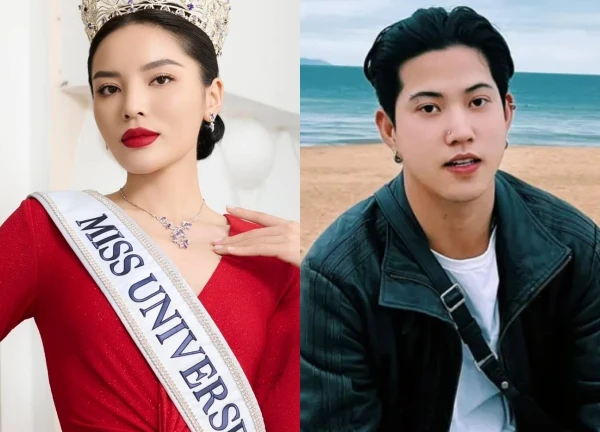
1 | 1 Discuss | Share
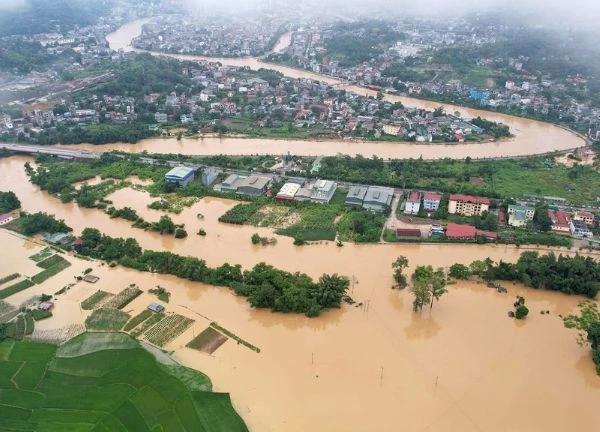
3 | 1 Discuss | Share
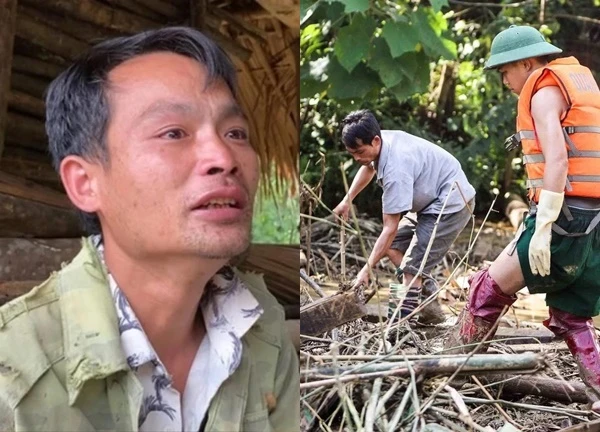
3 | 1 Discuss | Share
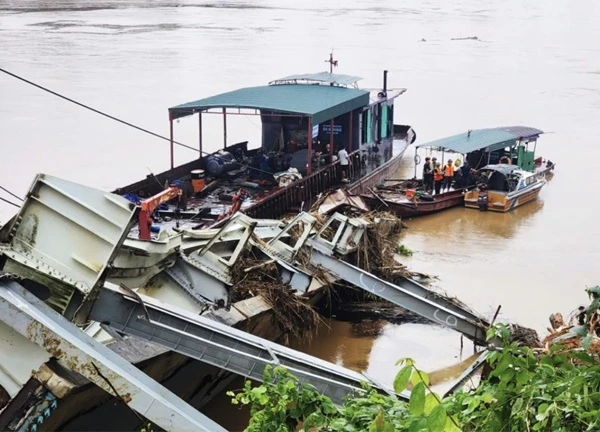
1 | 1 Discuss | Share

2 | 1 Discuss | Share

2 | 1 Discuss | Share
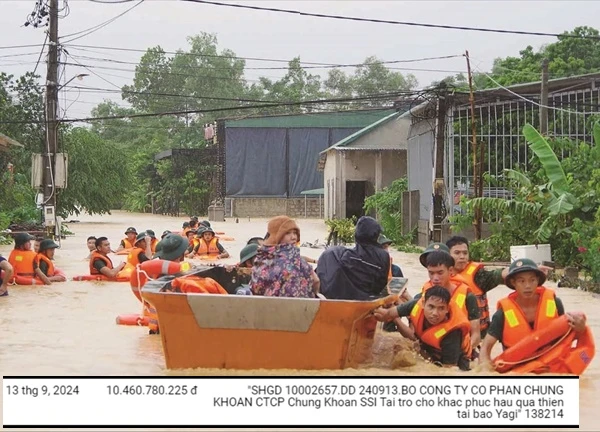
13 | 1 Discuss | Share
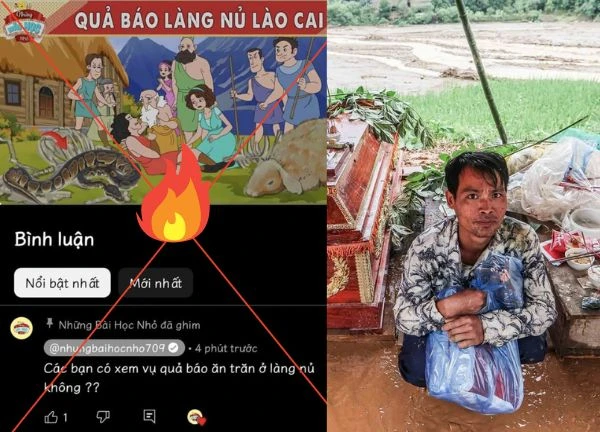
4 | 1 Discuss | Share
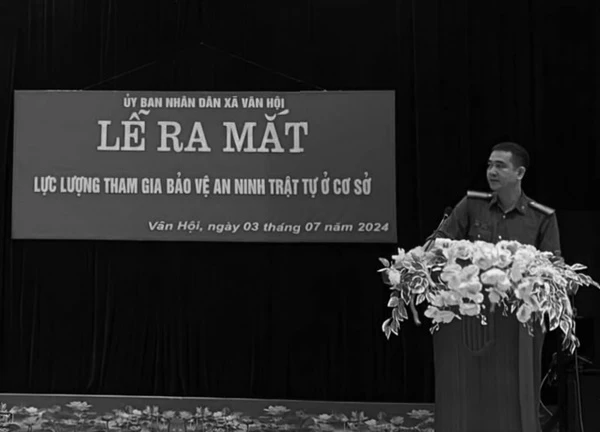
1 | 1 Discuss | Share
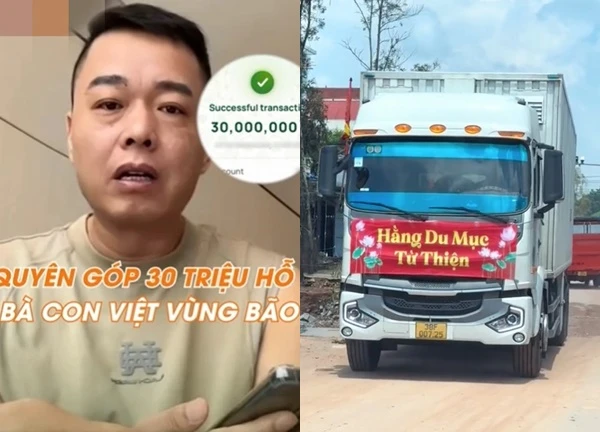
0 | 1 Discuss | Share

2 | 1 Discuss | Share
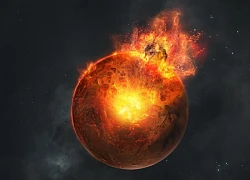

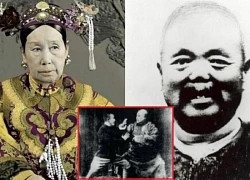
1 | 1 Discuss | Report